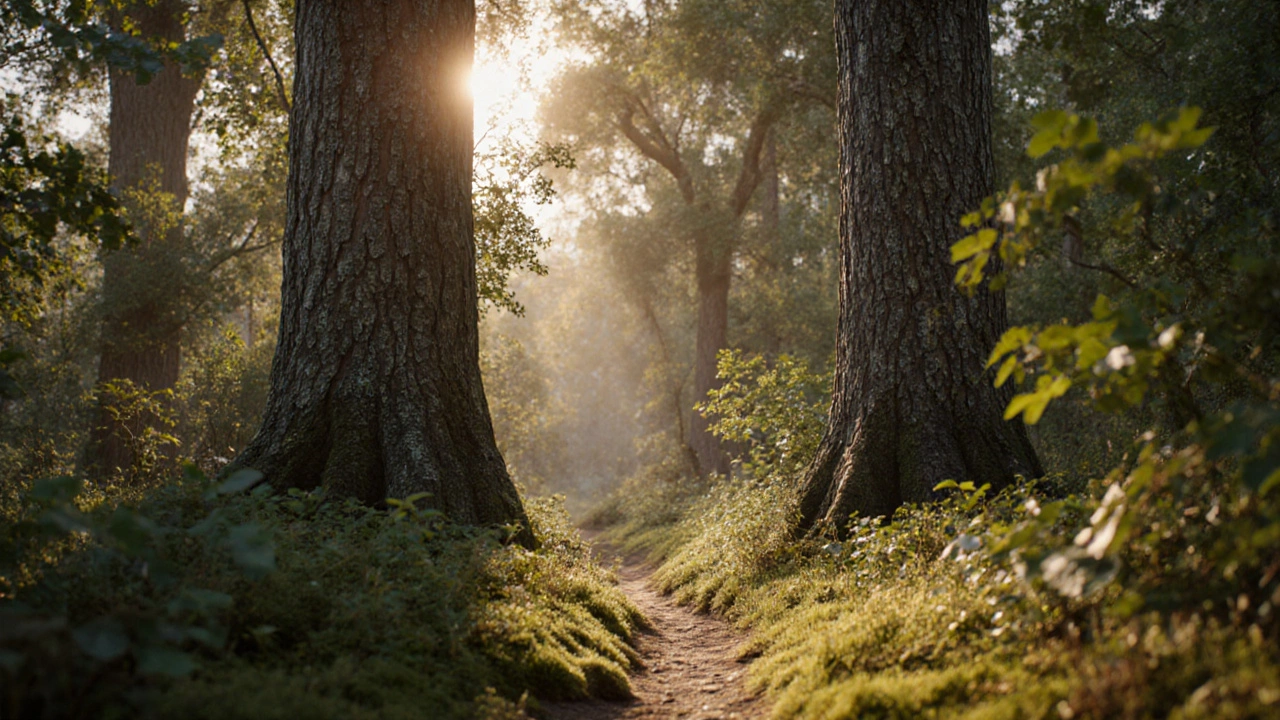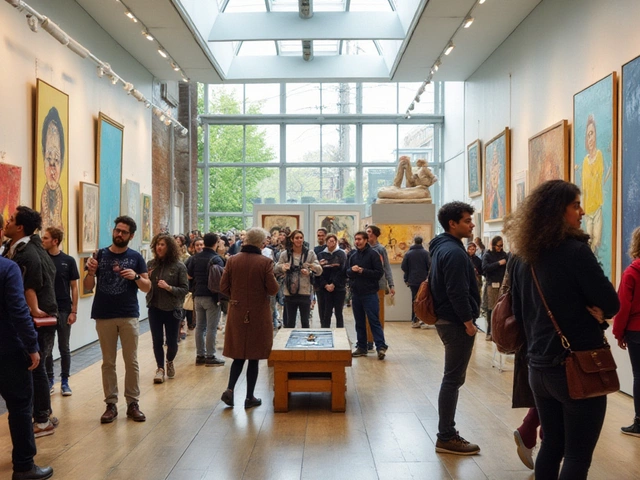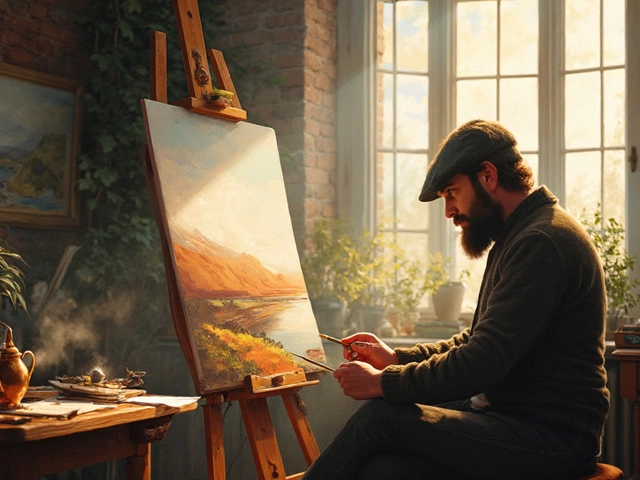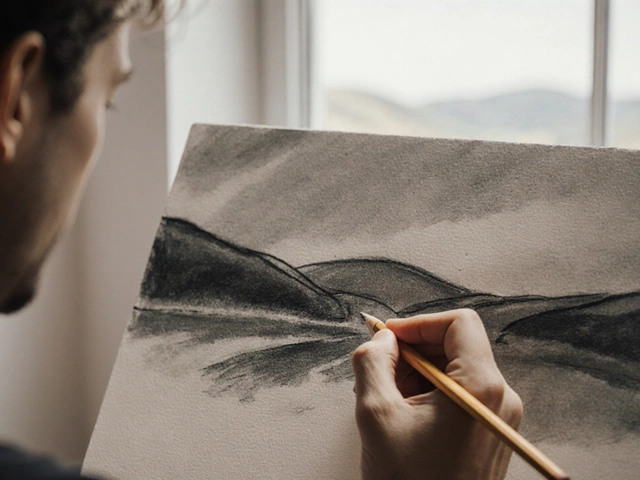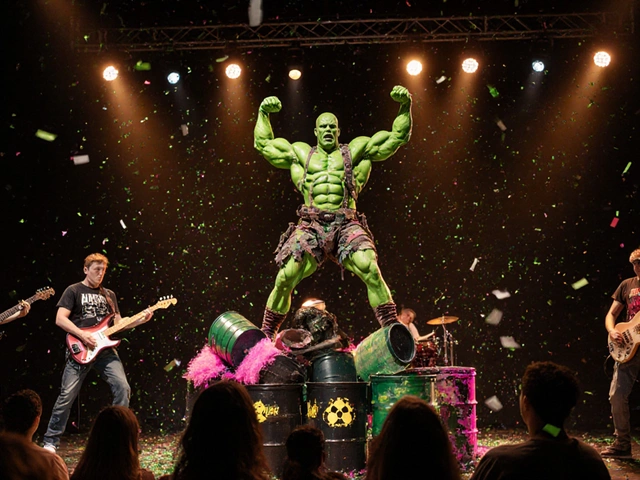Impressionist Landscape
When working with impressionist landscape, a style that captures fleeting light and atmosphere in outdoor scenes. Also known as impressionist outdoor painting, it blends the broader impressionism, a late‑19th‑century movement focused on color, light, and quick brushwork with the specific concerns of landscape painting, art that depicts natural scenery such as fields, trees, and skies. The result is a visual record of a moment in nature, often created using plein air, the practice of painting outdoors to capture true light conditions. Pioneers like Claude Monet, the French master who turned rivers and gardens into studies of color and atmosphere set the template for this vibrant genre.
Impressionist landscape encompasses plein air technique, which demands portable easels, lightweight paints, and a willingness to work quickly before the light shifts. Artists often start with a limited palette—think ultramarine, cadmium yellow, and vermilion—to mix the subtle hues of sunrise or sunset. This approach aligns with the principle that light changes faster than form, so the brushstrokes focus on color blocks rather than fine detail. The technique also influences the way artists handle composition: they favor diagonal lines that guide the eye across open spaces, and they place the horizon low to emphasize sky drama.
Understanding light theory, how light interacts with atmosphere and surfaces is essential for any painter tackling an impressionist landscape. Light can soften edges, intensify shadows, or create a glowing halo around foliage. When Monet painted his series of haystacks, he recorded the same scene under different weather conditions, illustrating the impact of atmospheric light on color perception. Modern artists can replicate this by photographing a location at various times and using those references to inform their palette choices.
Key Elements to Try in Your Own Work
Start with a quick sketch to lock in the composition, then lay down a wash of diluted paint to establish the sky’s tone. Next, block in the major color masses—green fields, blue water, brown earth—using broad, confident strokes. Remember, the goal isn’t photographic accuracy; it’s to convey the feeling of the moment. Add texture by switching from flat brushes to fan brushes or even a palette knife, creating a sense of movement in foliage or water. Finally, step back frequently. The farther you view the canvas, the more the individual strokes blend into a harmonious whole.
Beyond technique, the cultural context of impressionist landscapes is worth noting. In the 1870s, industrialization threatened rural scenery, prompting artists to celebrate the disappearing countryside. This historic urgency still resonates today as climate change reshapes natural vistas. By studying the works of artists like Monet, Pissarro, and later American painters such as Childe Hassam, you can see how each generation adapted the core ideas of fleeting light to their own environment.
When you plan a painting session, consider the practical side of plein air work. Choose a location with easy access to water and shade, bring a sturdy stool, and keep a small first‑aid kit for inevitable bumps. Modern supplies—quick‑dry acrylics or oil paints with fast‑acting mediums—help artists finish a piece before the light fades. Many contemporary workshops pair traditional brushwork with digital tools, allowing artists to capture a scene on a tablet for later reference, then return to the canvas with fresh eyes.
Impressionist landscape also intersects with art education. Courses that focus on this genre often blend art history with hands‑on practice, guiding students through the evolution from Monet’s “Impression, Sunrise” to today’s city park murals. By learning both theory and technique, learners gain confidence to experiment with color, light, and composition—all hallmarks of a successful impressionist landscape.
Whether you’re an absolute beginner or a seasoned painter looking to refresh your approach, the collection below offers practical insights. You’ll find guides on color mixing, side‑by‑side comparisons of classic and modern works, and step‑by‑step tutorials that walk you through the entire process from sketch to finished canvas. Dive in to see how the principles of impressionist landscape can transform your outdoor painting practice.
Best Landscape Painting Styles: Which One Suits Your Vision?
Explore the top landscape painting styles-from Realism to Abstract-compare their traits, find the right fit, and get practical tips to master your chosen approach.
Continue Reading